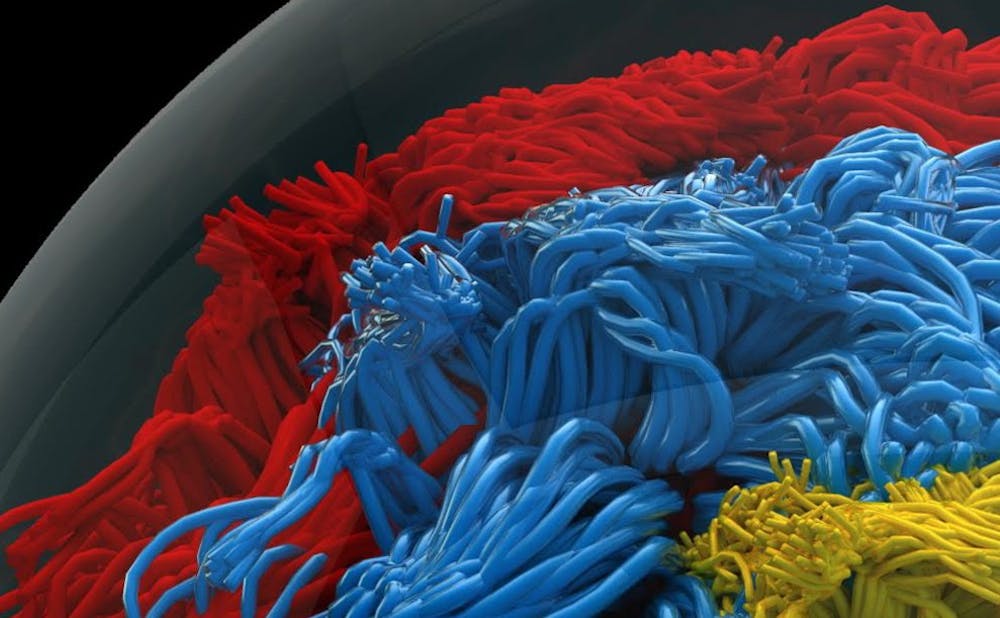Spaghetti-like proteins that can turn into onion-like clumps are now controllable, scientists explained.
Duke researchers collaborated with scientists at the University of New Mexico and the University of North Carolina at Chapel Hill to examine the previously unknown mechanisms of "spaghetti" proteins. As a result, they have found that they can assemble the proteins into certain structures.
“The proteins are intrinsically disordered proteins that look like spaghetti,” explained Michael Rubinstein, one of the paper's authors and John P. Barker distinguished professor of chemistry at the University of North Carolina at Chapel Hill. “They are proteins that don’t fold and form the dense structures that most typical proteins do.”
The collaborators discovered ways to manipulate the protein structures under different conditions.
“By controlling the different properties of the proteins—whether it’s the actual chemical composition of the proteins or the length of the proteins—we can actually direct their assembly into these really interesting structures,” said Joseph Simon, co-first author of the paper and a Duke graduate student.
Rubinstein compared intrinsically disordered proteins to certain polymers made for consumer products, but noted that these proteins, unlike polymers, are made from natural amino acids.
Under certain conditions, the proteins were “happy” and would swim freely around an environment, Rubinstein explained. However, when certain conditions change, these proteins may become “unhappy” and aggregate into clumps.
Simon likened these clumped structures to onions, in which "each layer of the onion or of this sphere structure is comprised of a different type of protein.”
“The new part was the ability to control the sequence,” Rubinstein said. “This transition from 'happy' and being dissolved to being 'unhappy' and aggregating can be adjusted for different types of proteins.”
Researchers now have a better idea of how to control the structures and sizes of manufactured "spaghetti" proteins, Simon said.
He added that one possibility was to use the new information to engineer "spaghetti" proteins and further analyze how they fold into certain structures.
Simon noted that the proteins have medical applications as well, such as the creation of a drug delivery system.
“You could envision a system where you have release of multiple different drugs at different time points,” he said.
Using the onion structure, drugs could be attached to proteins and inserted into different layers of the “onion.” Therefore, the drug on the outermost layer would be released first, while the innermost drug would be released only after all the rest.
He also expressed optimism that the proteins could be used in regenerative medicine to deliver engineered tissues to certain parts of the body.
“We hope that there’s a lot of use for this platform, this system and these materials going forward,” Simon said.
Get The Chronicle straight to your inbox
Signup for our weekly newsletter. Cancel at any time.

